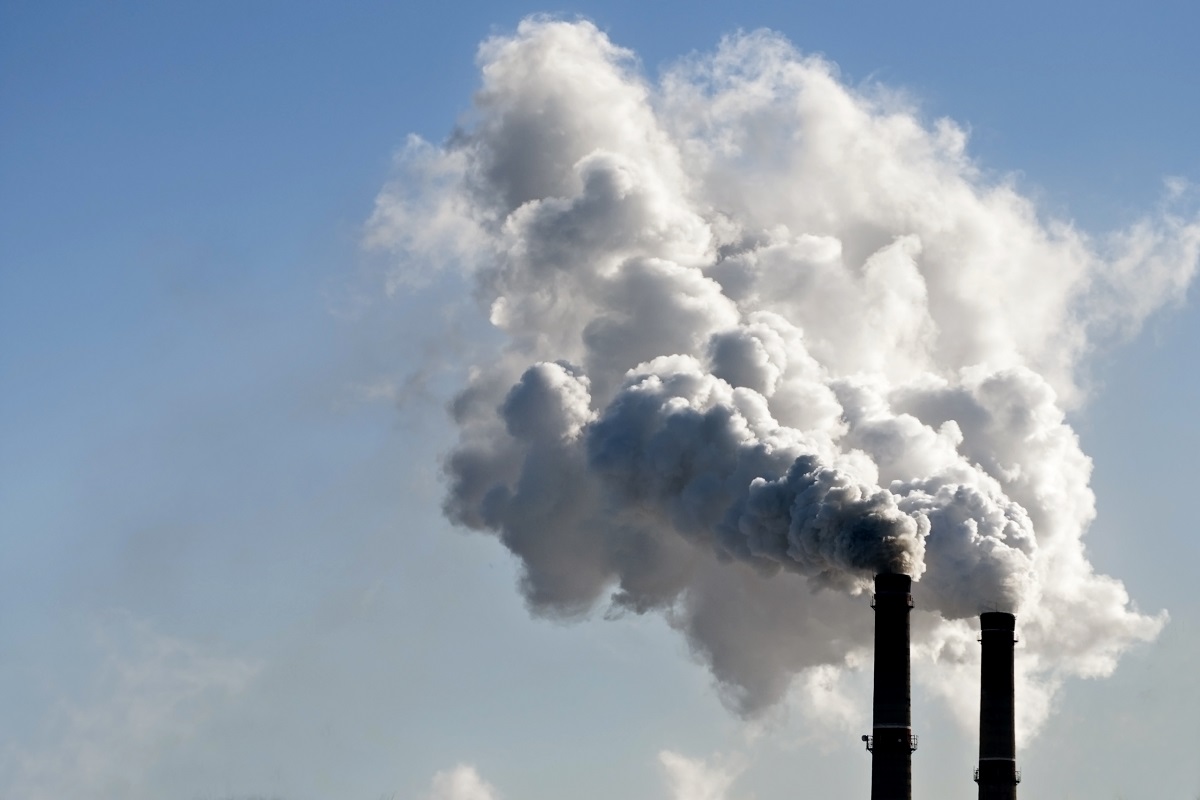On April 7, 2021, the Center for Biological Diversity and the Center for Environmental Health filed suit in the U.S. District Court for the Northern District of California seeking declaratory and injunctive relief against the EPA due to missed deadlines in reviewing nonattainment state implementation plans (SIPs) in California and Chicago. The suit names Michael S. Regan in his capacity as the EPA’s administrator as the sole defendant in the lawsuit.
The suit claims the EPA failed “to require adequate smog controls for the oil and methane gas industry in the Metro Chicago area and five parts of California,” according to a press release by the Center for Biological Diversity. “Many of these areas, which together are home to more than 26 million people, already have some of the worst air quality in the country.”
The Clean Air Act (CAA) requires the EPA to set acceptable National Ambient Air Quality Standards (NAAQS) to limit the amount of ozone in the air. CAA regulations mandate the EPA to review and, if necessary, revise the NAAQS every 5 years. However, the review process is quite complex, and it generally takes longer than 5 years to complete.
The most recent NAAQS was set in 2015, “lowering the 8-hour standard previously finalized in 2008 from 75 to 70 parts per billion (ppb),” according to ALL4, Inc., an environmental consulting firm. “At present, there are 50 areas designated nonattainment for the 2015 ozone NAAQS, many of which are large and cover multiple counties.”
Late in 2020, the EPA announced its decision to retain the 2015 NAAQS.
Once an area is designated a nonattainment area, it must submit a SIP detailing how it will reduce pollution to bring the nonattainment area into attainment for the NAAQS.
“One element of the nonattainment SIPs for the 2008 ozone NAAQS is the 2016 Reasonably Available Control Technology (RACT) Control Techniques Guidelines (CTG) for the Oil and Natural Gas Industry, which requires oil and natural gas production facilities to reduce their volatile organic compound emissions,” according to the April 7, 2021, complaint filed by the two environmental groups. “When a state does make a SIP submission to EPA, the [CAA] requires that EPA review it within specified timeframes.”
EPA reviews of the SIP submittals to determine whether they meet the CAA requirements were to be completed by June 11, 2019, with the final action due on June 11, 2020, according to the complaint.
“The U.S. oil and methane gas industry is the nation’s largest industrial source of the volatile organic compounds contributing to smog,” according to the press release. “Yet the EPA has failed to ensure that industry has proper pollution-control technologies in place for the Chicago-Naperville area and several areas of California, including the Los Angeles and Sacramento metro areas, the Coachella and San Joaquin valleys and Ventura County.”
“The EPA has to stop ignoring the oil and gas industries’ outsized role in fueling the health problems caused by smog,” said Ashley Bruner, an attorney at the Center for Biological Diversity. “As we transition away from fossil fuels, reducing harmful emissions from the oil and methane gas industry can improve the health of thousands of children and save lives.”
“Not only is there bipartisan support to reduce emissions from the oil and methane gas industry, but the law requires it,” said Kaya Sugerman of the Center for Environmental Health. “The Clean Air Act requires that EPA take concrete steps to improve the health of kids and families and we’ll continue to hold them accountable.”
With the new administration’s stated commitment to clean energy and climate change mitigation, it will be interesting to see how the EPA responds to this lawsuit.

